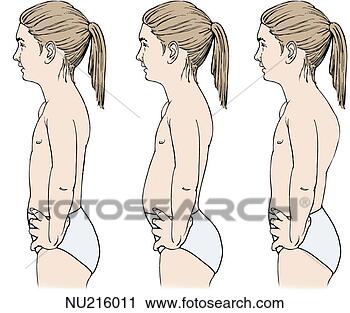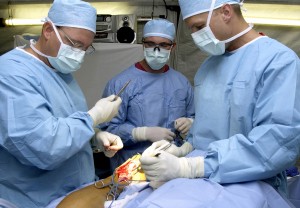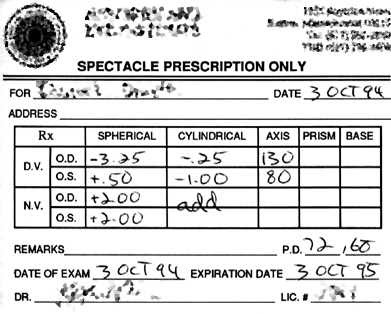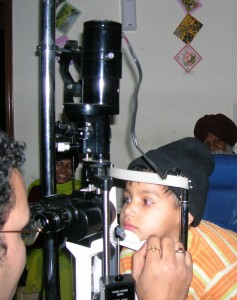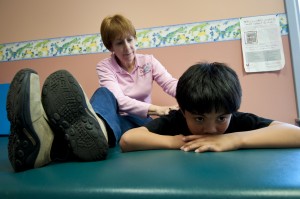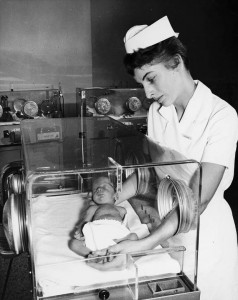There is a wide variety of mental health practitioners, and understanding the role that each one plays can be confusing. The following practitioners provide mental health support: psychiatrists, psychologists, psychiatric social workers, psychiatric nurses, counselors, pastoral counselors, and other professionals who call themselves ‘therapists.’ Others practice alternative therapies, for example, reiki and others. In Canada, certain regulations ensure that therapists have had a specific training for their area of work. Not all therapists are psychologists and not all psychologists are trained therapists. Mental Health Canada provides some useful information on therapists and therapies.
Psychologists who work on inter-professional teams and conduct psycho-educational assessments pre-kindergarten. e.g Hearing Loss team at Sunny Hill Health Centre for children which includes a developmental pediatrician, clinical psychologist, nurse clinician, speech & language pathologist, occupational therapist & physiotherapist. Some or all of these professionals may be involved in the assessment of children with multiple diagnoses.
A psychiatrist is a physician whose education includes a medical degree (MD or DO) and at least four additional years of study and training. As physicians, psychiatrists can prescribe and monitor medications.
Practice
Psychiatrists are the primary mental healthcare givers. They provide medical/psychiatric evaluation and treatment for emotional and behavioral problems and psychiatric disorders.
They assess and treat mental illnesses through a combination of psychotherapy (see full Glossary), psychoanalysis (see full Glossary), hospitalization, and medication.
